IPL Introduces Guage Test for Cricket Bat to Ensure Fair Play
The Indian Premier League (IPL) has introduced a new rule that is creating quite a buzz among players and fans alike the test for cricket bat compliance. This move aims to maintain fairness, prevent misuse of oversized bats, and ensure that the spirit of the game remains intact. The guage test is now an official requirement before and during matches, as part of the ICC’s global cricket equipment standards being reinforced in IPL 2025.
Let’s take a deep dive into what this test means, why it matters, and how it could impact the game moving forward.
To read more about how the guage test is transforming cricket equipment standards, visit our website Vinox Sports for full details and expert analysis.
What is the Guage Test in Cricket Bat Regulations?
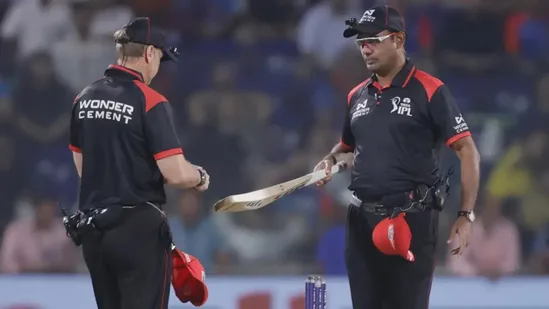
The guage test refers to a physical measurement process used to ensure that a cricket bat adheres to standardized dimensions defined by the ICC. A metal guage — a sort of bat-measuring device — is used by umpires or officials to confirm whether a bat’s blade and edges meet legal limits.
Here are the basic legal dimensions for a cricket bat as per ICC:
Maximum length: 38 inches
Maximum width: 4.25 inches
Maximum edge thickness: 40 mm
Maximum spine height: 67 mm
With this test, bats that exceed these measurements will be disqualified from use in the match.
Why Did IPL Introduce the Guage Test Rule?
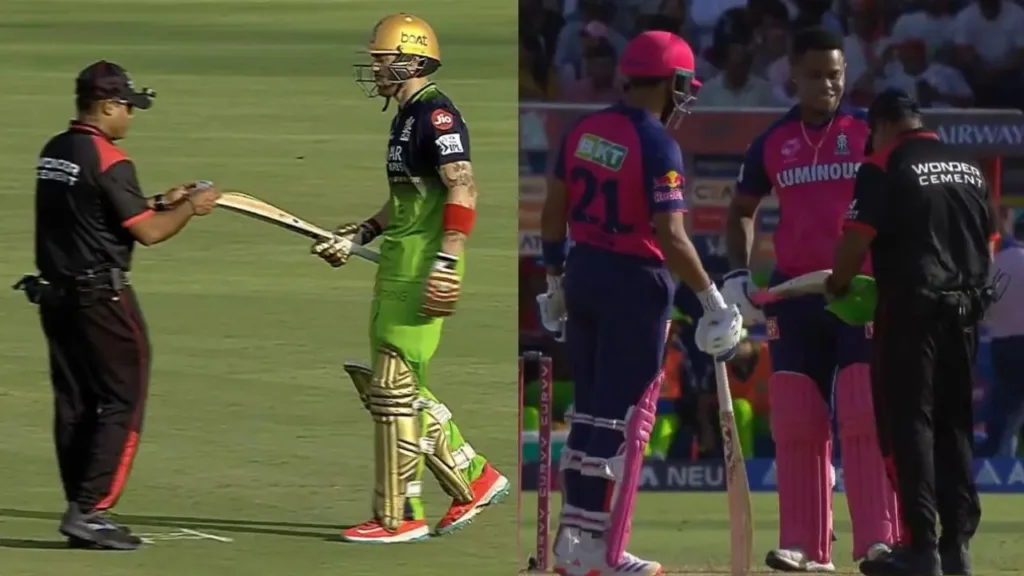
Fair Competition
The size and power of bats have grown substantially over the years. This made it harder for bowlers to compete, particularly in T20 formats like the IPL. The guage test is an equalizer that brings balance between bat and ball.Maintaining Equipment Integrity
Some players were using customized bats that pushed the edge of legality. With the test now mandatory, there’s no room for ambiguity.Alignment with ICC Guidelines
ICC already recommends the test, and many international games follow it. IPL’s inclusion reflects global standards.Preventing Bat Tampering
Just like ball tampering, bat tampering including subtle enhancements in bat design has become a growing concern. The test serves as a preventive step.
How Will the Guage Test Be Conducted During IPL Matches?
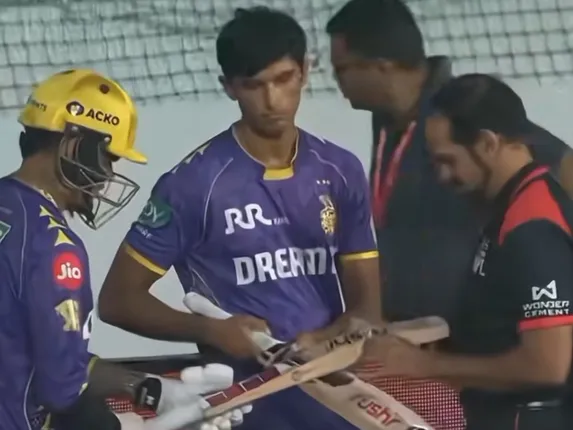
Pre-Match Inspection
Players will be required to submit their bats for inspection before each match. The officials will perform a test to confirm that the bat complies with size restrictions.Random Spot Checks
During the match, umpires can ask for a spot check if they suspect a player’s bat is illegal.Non-Compliant Bats
If a bat fails the guage test, the player must switch to a legal bat. Continued non-compliance can lead to penalties or match suspension.
Impact of the Guage Test on Players and the Game
The guage test will have a direct impact on both players and the nature of the game. For batsmen, it means being more selective about their equipment. Many players customize bats for power-hitting, especially in the death overs. The restriction ensures that power now comes from skill rather than bat enhancements.
Bowlers, on the other hand, stand to benefit. With massive bats being restricted, mistimed shots are less likely to fly over the boundary ropes. The balance tilts slightly in favor of bowlers, possibly leading to more strategic gameplay.
Coaches and team managers will also have to revisit their bat sponsorships and bat makers. Brands will now need to design bats that pass the test every single time.
Players’ Reactions to the Guage Test Rule
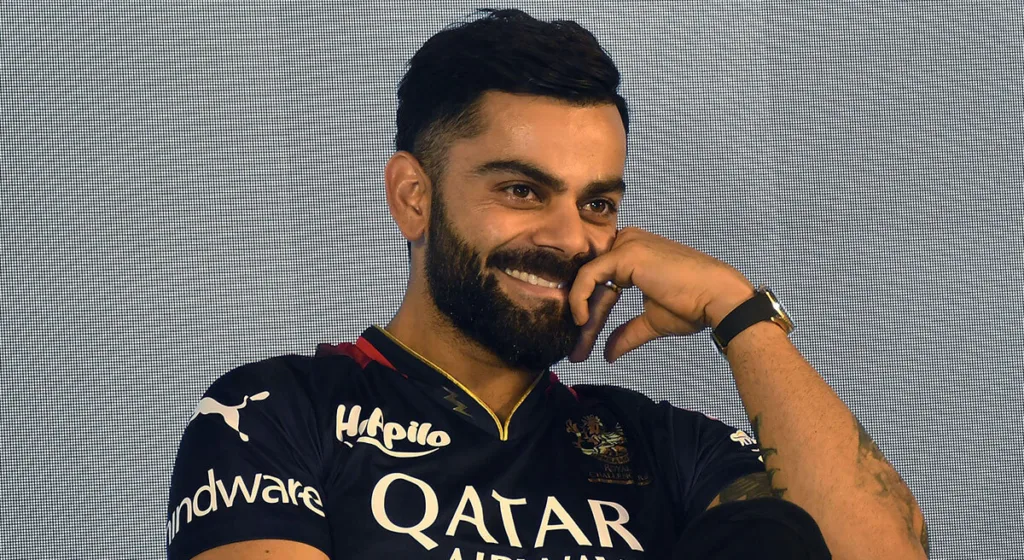
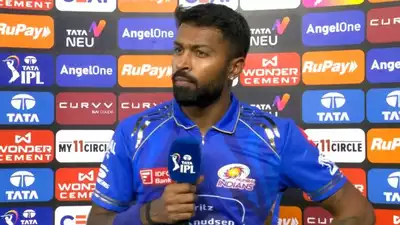
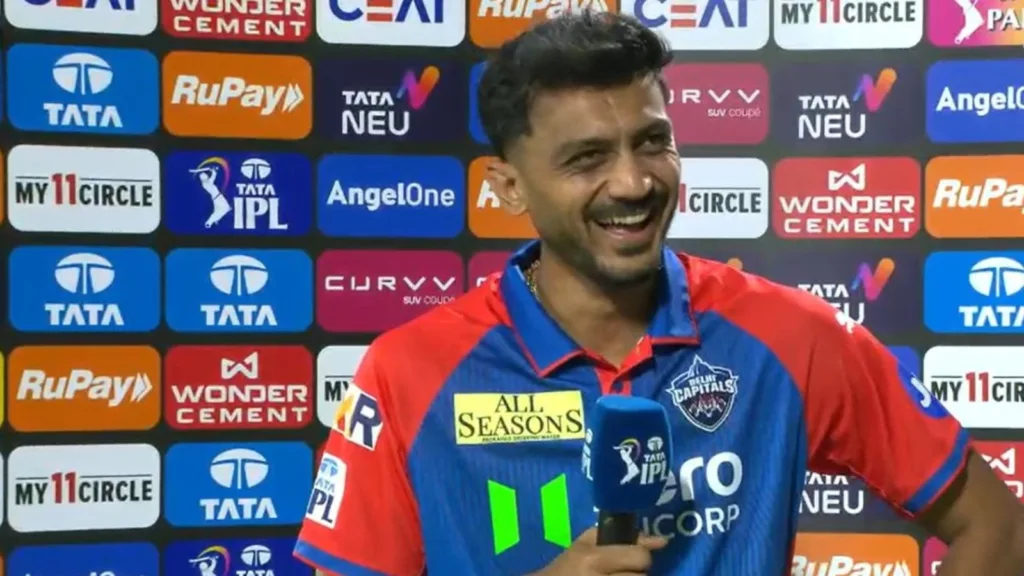
Virat Kohli: “If it makes the game fairer, I’m all in. We’ve seen bats go from traditional to monstrous, and it’s time we level the field.”
Axar Patel: “I love big bats, but I understand the need for a guage test. It keeps things fair and professional.”
Hardik Pandya: “Bat makers will have to work smarter now. Power shouldn’t come at the cost of fairness.”
Bat Manufacturers React to the New Guage Test Requirement




Leading bat manufacturers have started to revise their production techniques. Companies like Vinox Sports, SG, MRF, and Gray-Nicolls are ensuring that their new bat models for IPL teams strictly pass the guage test. There’s also been a rise in demand for high-performance bats that fit within the legal limit yet maintain hitting power.
What Happens if a Player Fails the Guage Test?
Here’s what the IPL rulebook outlines:
First Offense: Verbal warning and mandatory bat change
Second Offense: 5% match fee deduction
Third Offense: One-match ban and further investigation
Teams are also advised to maintain a backup bat that passes the test, just in case.
The Future of Bat Regulations in Cricket
As the test becomes a norm in leagues like the IPL, it’s expected that other leagues and even grassroots tournaments will follow suit. This could lead to:
A standardized global bat-check process
Inclusion of bat testing in coaching certifications
Digital guage test devices for automated verification
Conclusion: Guage Test Marks a New Era of Cricket Regulation
The guage test is more than just a technicality it’s a step towards fairness, transparency, and standardized gameplay in IPL and beyond. While players and manufacturers may face initial challenges, the long-term benefit is a level playing field where talent, not tools, determines victory.
As the IPL evolves, this move sets a strong precedent for balancing technology with tradition, and excitement with ethics. The test may seem small, but its impact on the game could be monumental.

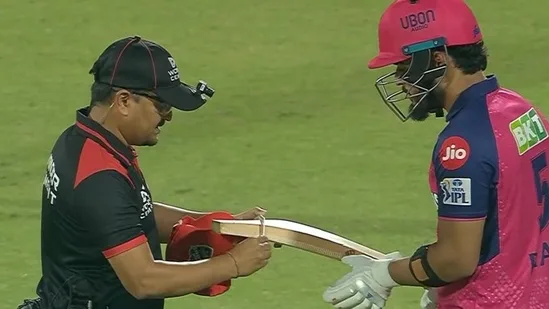
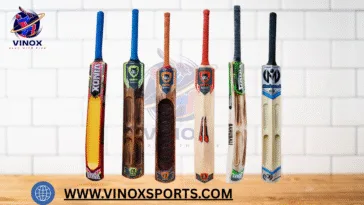
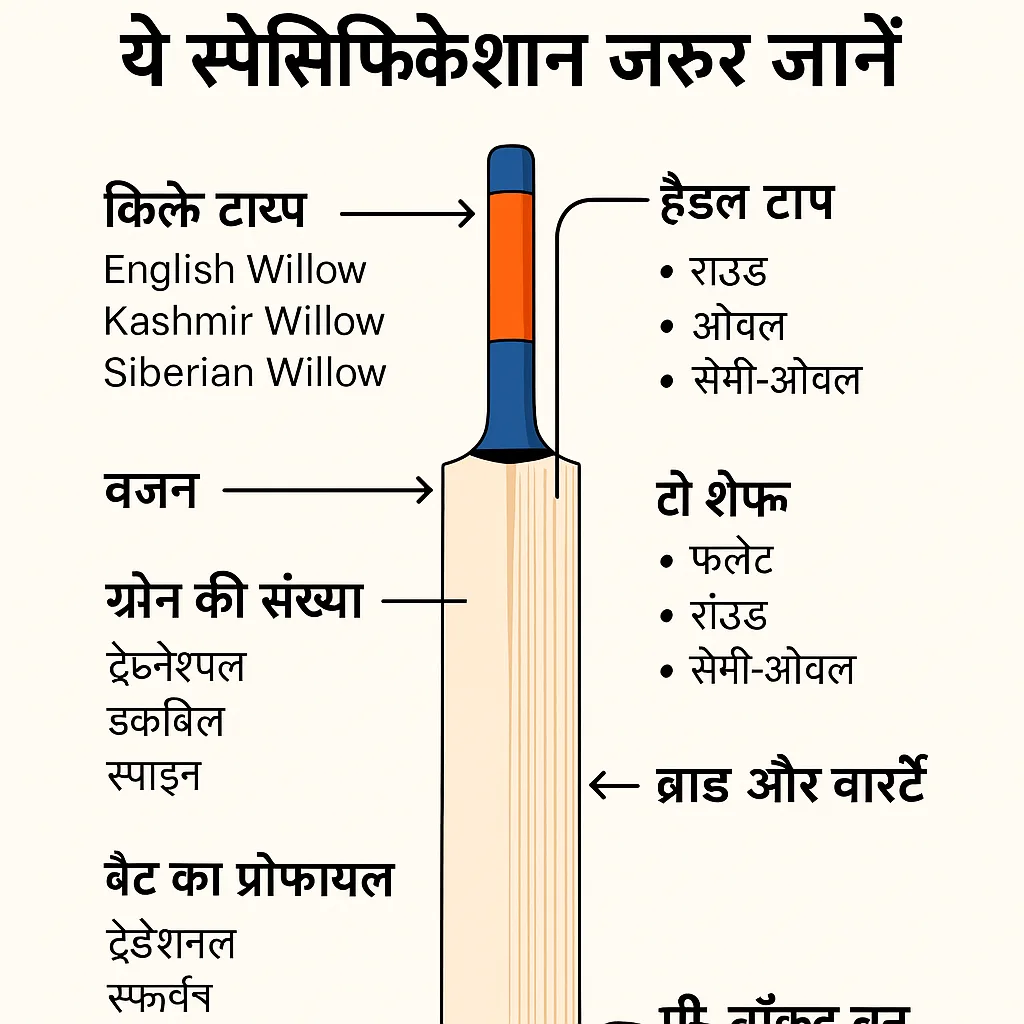

 No products in the cart.
No products in the cart.